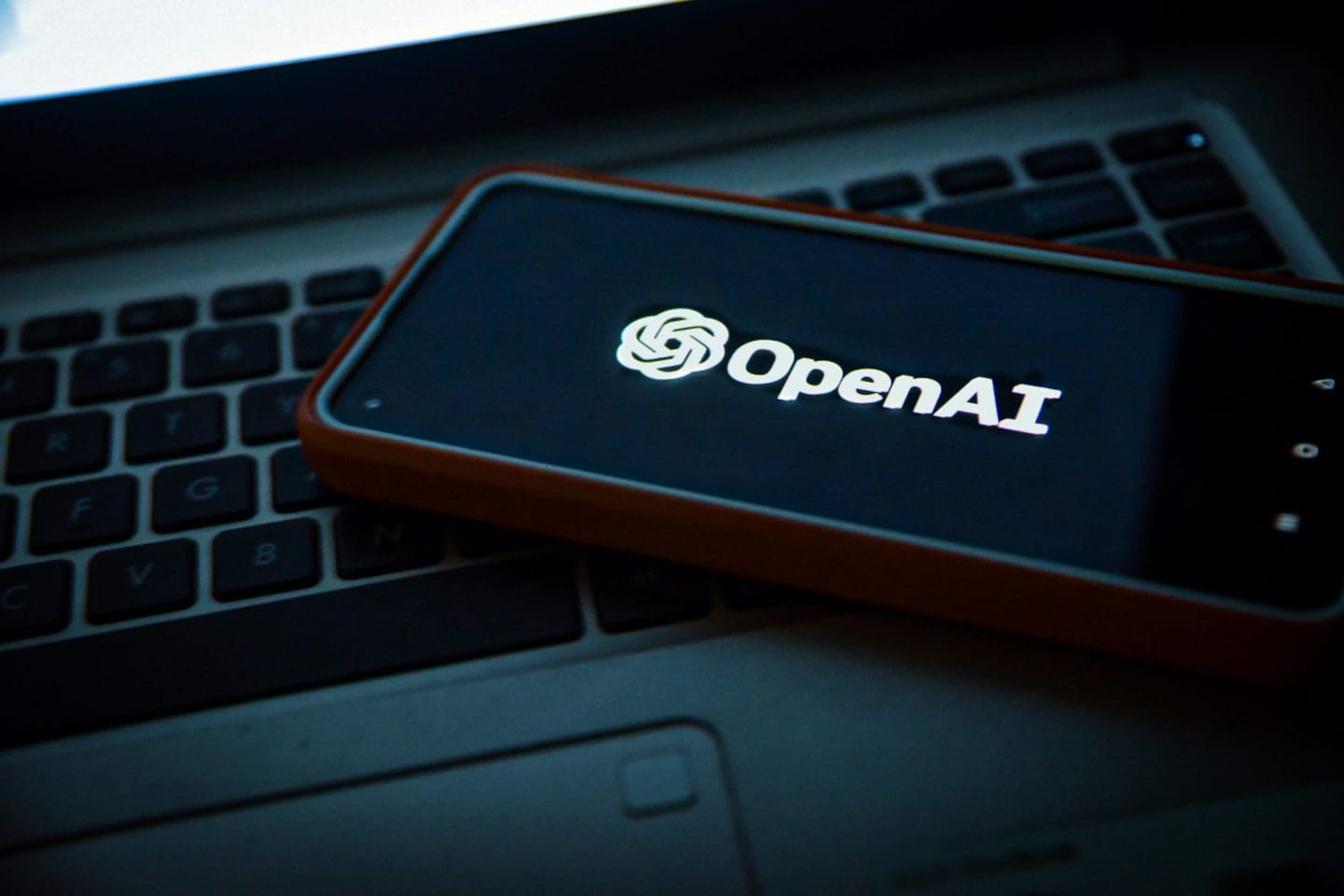In-Short
- OpenAI grants $1 million to Duke University for AI morality research.
- The project aims to create a “moral GPS” for ethical decision-making.
- Challenges include cultural nuances and the risk of perpetuating biases.
Summary of OpenAI’s Investment in AI Morality Research
OpenAI has awarded a significant grant to Duke University’s Moral Attitudes and Decisions Lab (MADLAB) to explore the potential of artificial intelligence in predicting and guiding human moral judgments. The “Making Moral AI” project, led by ethics professor Walter Sinnott-Armstrong and co-investigator Jana Schaich Borg, seeks to develop a “moral GPS” that could assist in ethical decision-making across various sectors, including medical, law, and business.
The Role of AI in Morality
The research delves into the possibility of AI predicting or influencing moral judgments, a concept that brings forth both opportunities and profound ethical questions. The idea of AI algorithms assessing ethical dilemmas presents a potential for AI to contribute to complex decision-making processes, yet it also raises concerns about the moral frameworks that guide such tools and the trustworthiness of AI in ethical domains.
OpenAI’s Vision and Challenges
OpenAI’s vision extends to developing algorithms capable of forecasting human moral judgments, despite AI’s current limitations in understanding the emotional and cultural subtleties of morality. The grant reflects a step towards integrating ethics into AI, acknowledging the challenges of encoding morality that varies across cultures and personal values. The project emphasizes the need for interdisciplinary collaboration, transparency, and accountability to address biases and potential misuse of AI in sensitive applications.
Conclusion and Call to Action
As OpenAI invests in the exploration of AI’s role in ethical decision-making, the journey towards creating morally aware AI systems continues. It is crucial for developers and policymakers to ensure that AI tools are developed in alignment with social values, prioritizing fairness and inclusivity. For a deeper understanding of this initiative and its implications, readers are encouraged to visit the original source.










